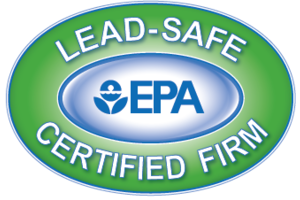It is unclear if the EPA will act on proposed lead exposure policies proposed by an official advisory committee earlier this month. The Children’s Health Protection Advisory Committee (CHPAC), whose No. 1 priority is to strengthen the EPA’s Lead-Based Paint Hazard Standard for lead in paint, dust, and soil, met in Washington on April 19-20 as part of this effort.
EPA officials told the committee that while the new strategy will call for eliminating children’s exposure to lead, federal agencies are still figuring out a time frame to set for that objective.
Ruth Etzel, director of the EPA’s Office of Childrens Health Protection, said they “definitely have the word ‘eradicate’ [exposures] in the vision. The question is how long will it take us to do that and what can we commit to in the next five years.”
The current reference level for lead paint exposure–the level at which the federal Centers for Disease Control (CDC) recommends public health actions be taken to protect children–is currently 5 micrograms per deciliter of blood. The CDC is expected to lower that limit to 3.5 µg/dL this year, and CHPAC wants the EPA to use that as its new benchmark.
EPA officials did not provide an answer when asked how this decision might affect their own standards for lead levels in blood.
While EPA Administrator Scott Pruitt has been vocally supportive of more lead restrictions, some CHPAC members worry it will be hard for the agency to make meaningful changes in the face of significant budget cuts.
The discussions over benchmarks for lead levels in children don’t have a direct impact on the agency’s lead-paint rule, but it could have implications eventually.
Lead exposure is extremely common in houses built before 1978, when lead paint was banned. A new investigative report from KALW Radio in San Francisco found several hot spots of high lead levels throughout the area.
In addition to not being fully developed, children drink more water, eat more food, and even breathe more air per pound of body weight than adults, putting them at a particular risk to lead exposure. Because of this, CHPAC says millions of U.S. children are still being exposed to lead, even though total exposure levels have fallen almost 94% since the 1970s.
